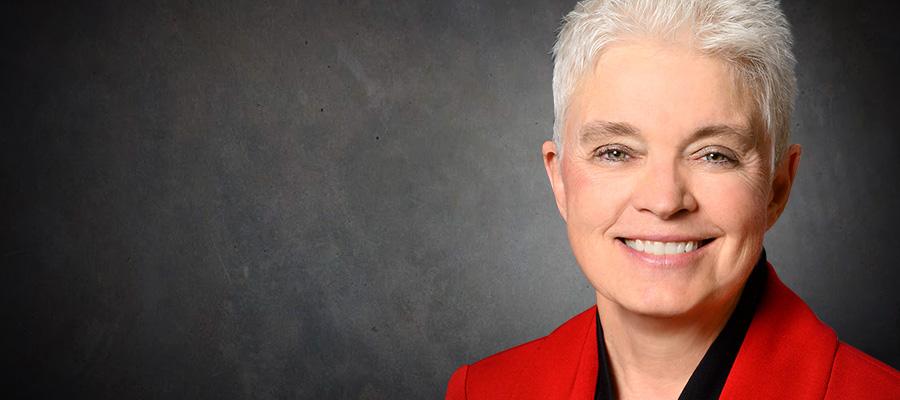Chair File: Planning Today for Tomorrow’s Workforce

We know that prior to the COVID-19 outbreak, demand for health care workers and health care job openings were at record highs. We also know that the pandemic created pressure to quickly ramp up staffing levels and optimize surge capacity, even as the cancellation of non-emergent surgeries caused serious financial challenges for hospitals and health systems.
The AHA recently released the 2021 Health Care Talent Scan to help you better understand the latest forces and trends affecting the health care workforce. Based on a review of reports, studies and other data sources from leading organizations and researchers, the AHA Talent Scan provides workforce insights that can help guide your organization forward during this time of uncertainty and transformation.
Among other findings, the report said:
- To improve access to behavioral health services that remain severely limited, hospitals will need to capitalize on innovative recruiting strategies, advanced practice practitioners and telehealth.
- Team-based care delivery is gaining steam and increasingly includes nontraditional team members such as community health workers, health coaches and personal trainers outside the acute care setting.
- Clinician well-being, not simply reducing burnout, must be the end goal when it comes to supporting retention and optimizing job and career satisfaction.
To advance workforce issues, the AHA has developed a Workforce agenda and resources focused on the following priorities that we know will help continue moving us forward in a safe, effective and healthy way:
- Ensure that hospitals have sufficient capacities to meet the community demand;
- Support and tap into health professional communities to build resiliency and a healthy, safe and diverse environment;
- Identify, promote and develop workforce competencies for current and future needs; and
- Provide catalysts to support the adoption of new technologies and care delivery models.
It may feel, at times, like changes to the workforce are coming at a breakneck speed, and the future looks uncertain. So, it’s important to heed these words from another leader in American innovation, Thomas Edison: “When you think you’ve exhausted all possibilities, remember this: you haven’t.”
In these desperate times when we’re being called, we keep going. We keep striving to find the solutions that our workforce, our patients and communities need and deserve. And I’m proud to know we won’t stop until the job is done.

